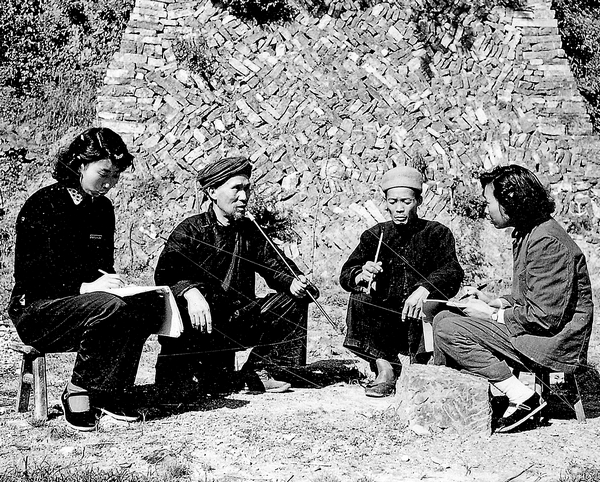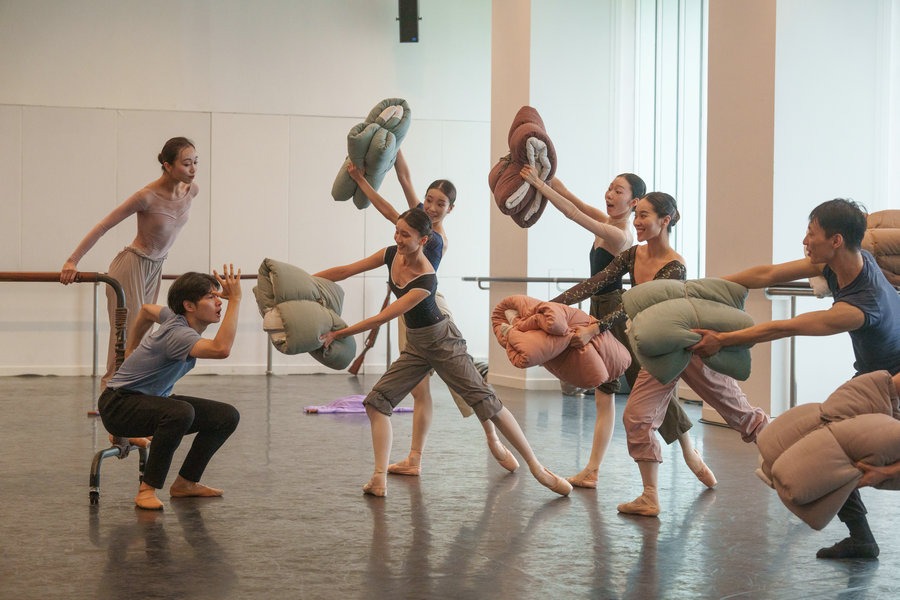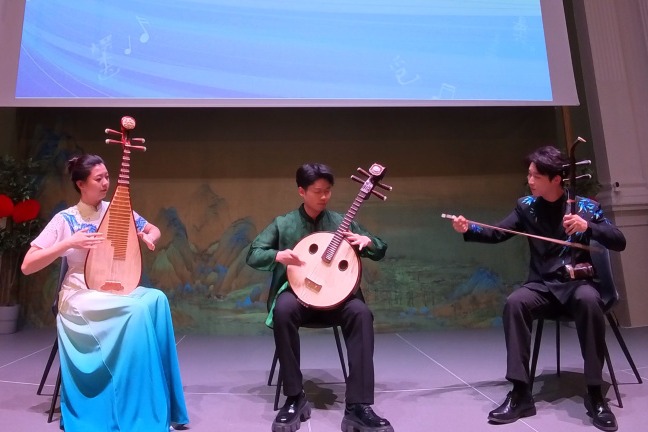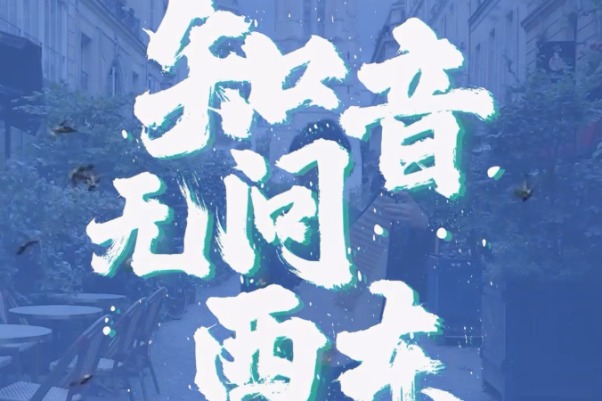The sound of traditional music goes online


Lopes suggested Qiao to bring them to UNESCO's attention and from 1994 to 1995 the Music Research Institute of the Chinese National Academy of Arts was in contact with the Memory of the World program, and applied for UNESCO assistance in making recordings of 7,000 hours of materials.
"We made very detailed plans before traveling around the country to collect, record, store and classify Chinese music data. For example, when we traveled to Hunan province, we visited 44 counties and cities, collected 207 types of music as well as music books and musical instruments, which are valuable materials for music study and research," recalls Qiao, now 81.
From Oct 30 to Nov 11, 1996, UNESCO sent Dietrich Schuller, the director of Phonogrammarchiv of the Austrian Academy of Sciences to Beijing to investigate the archives of the Music Research Institute.
According to Han, before leaving Beijing, Schuller said: "These invisible treasures have the same cultural importance as those visible ones, such as the Great Wall and the Forbidden City. People will be aware little by little, that we must preserve these sound archives of historical importance as we preserve the Great Wall."
After submitting a nomination for inscription, the sound archives of the Music Research Institute Chinese National Academy of Arts-7,000 hours of recordings-h(huán)ave been included in the UNESCO Memory of the World program in 1997, the first time for China.
"During the past two decades, we keep our tradition of collecting and preserving Chinese music with many young musicologists traveling around the country to do recordings for folk musicians. Our catalog for sound is growing bigger and bigger. We will keep on adding new materials to the digital library," says Han. "Hopefully, the digital library won't just appeal to musicologists and scholars. We want more people, especially young people, to get to know those music materials, which, beyond music itself, tell about history and culture."
So far, besides the sound archives of Chinese traditional music, 13 items from China have been included in the UNESCO Memory of the World program, including ancient Naxi Dongba literature manuscripts-approximately 20,000 volumes.





































